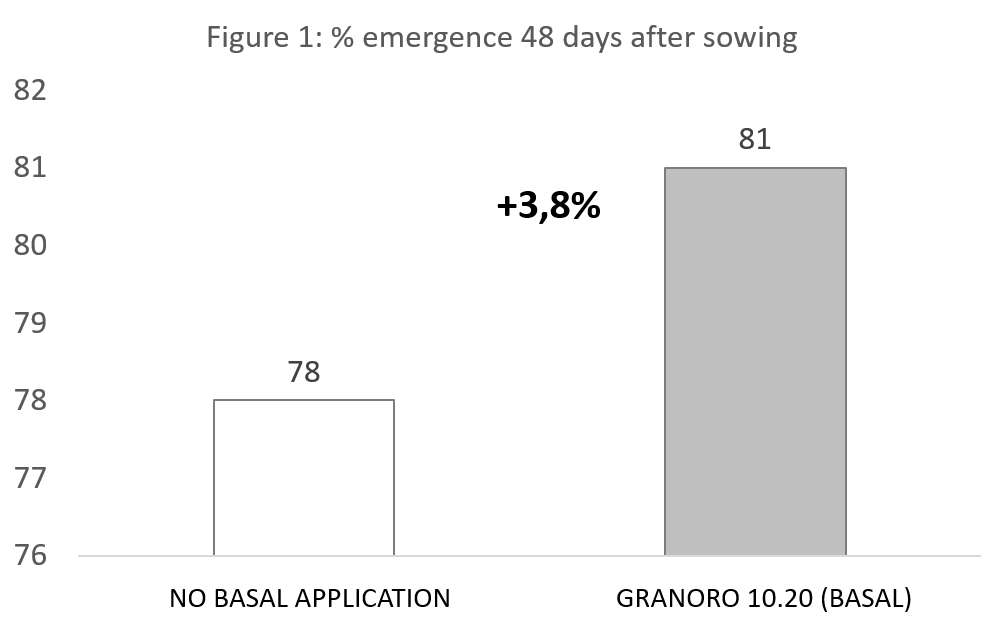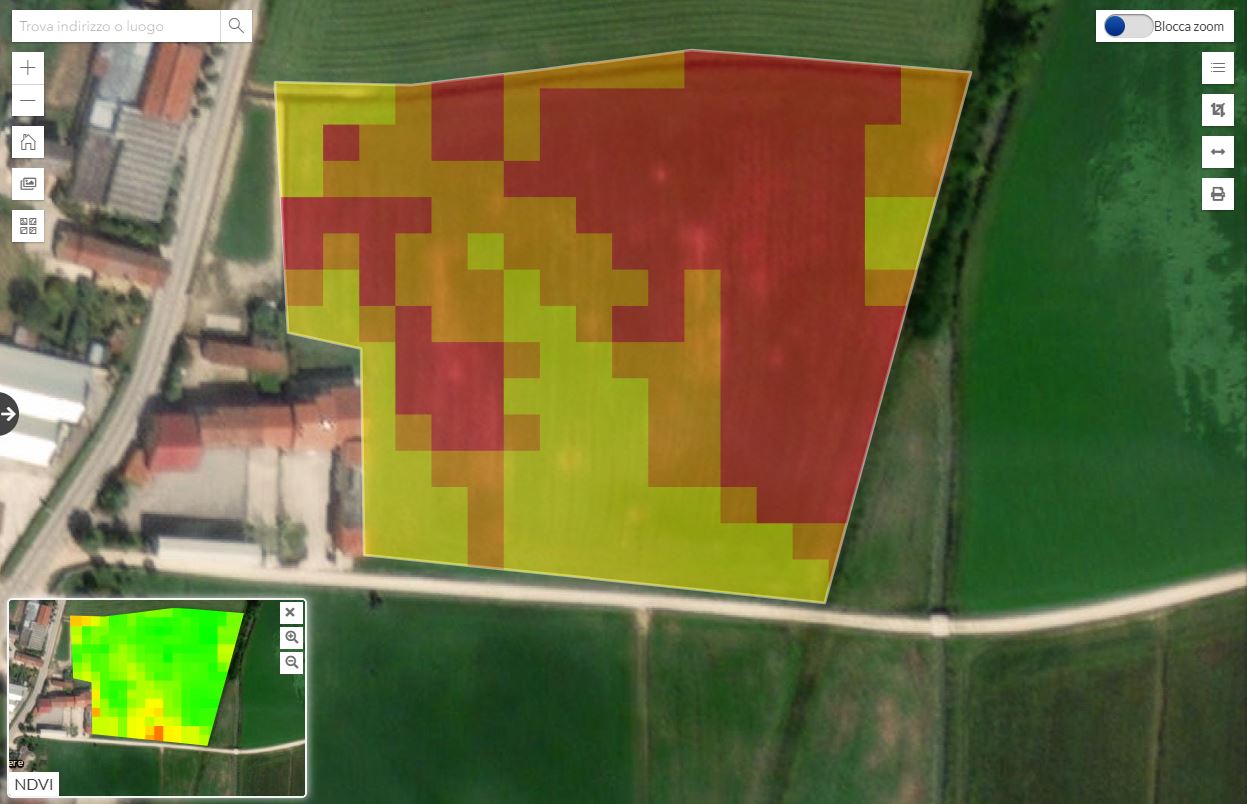A correct autumn fertilization of wheat allows to obtain more plants per m2 and a higher ear density. Moreover, the use of prescription maps and satellite control diminishes waste and optimises fertilizer dosages.
Fertilization is a practice which calls for particular attention in every season, including autumn.
We are almost close to the wheat sowing season, therefore Cerea FCP would like to share the importance and the advantages of a correct basal application.
Basal application aims to reintroduce those nutrients that plants have removed during their production cycle, in order to maintain soil fertility constant. Nitrogen, phosphorus and potassium are fundamental macronutrients for wheat growth and, for this reason, we must ensure that they are available in the right moments (mainly phosphorus and potassium from the earliest stages and nitrogen, especially from the booting stage). In particular, providing phosphorus during the sowing of wheat is important to guarantee a good germination and optimal root development and tillering.
Phosphorus is not very mobile in the soil (few mm each year), therefore it needs to be located close to the roots. Hence applying a fertilizer at sowing facilitates absorption processes and increases the efficient use of nutrients.
Our wheat nutrition proposal
Cerea FCP developed a product/service package to optimize fertilization of soft and hard wheat. The solution includes:
- granular and special products suitable for each phase of the vegetative and production cycle
- a satellite monitoring system which allows to observe a plot and make technical assessments directly from your computer. We have already discussed the topic here.
Within our wheat line, we offer two products, Granoro and SuperPower Plus: the first one is ideal for the traditional basal application at pre-sowing (300-400 kg/ha), while the second one can be applied in furrow with the starter technique (30-50 kg/ha).
Granoro 10.20 is a granular organo-mineral compound fertilizer with 10% nitrogen, 20% phosphorus, 4% calcium, 20% sulphur, 7.5% organic carbon (mainly humic acids).
The application of Granoro 10.20 ensures:
- a balanced ratio between nitrogen and phosphorus
- a high content of soluble phosphorus immediately available for the plant
- an easy nutrient assimilation thanks to the presence of humic acids
- uniformity in the emergence and an optimal development of the root system
- increase in the protein content thanks to the presence of soluble sulphur
- a better tillering
- increase in the number of ears per m2
- a greater number of spikelets.
The following results were obtained in the field by applying 330 kg/ha of Granoro 10.20 through an autumn basal application.


SuperPower Plus 9.29 is a micro-granular mineral compound fertilizer with 9% nitrogen, 90% phosphorus, 4% calcium, 15% sulphur with boron and zinc. It is the ideal product for an application in furrow, in direct contact with the seed.
The application of SuperPower Plus 9.29 ensures:
- a balanced ratio between nitrogen and phosphorus
- a high content of soluble phosphorus immediately available for the plant
- a more balanced nutrition from the earliest stages
- a better absorption of phosphorus since it is found in proximity of the roots
- a greater number of spikelets
- an increase in the number of ears per m2
- an increase in the seed protein content thanks to soluble sulphur
- an increase in the efficiency of fertilizer application
- lower dosages
- high uniformity in distribution and possibility to apply it directly in contact with the seed
The following results were obtained in the field by applying 50 kg/ha of SuperPower Plus 9.29 directly in furrow.


Prescription maps
This new technology allows to cultivate with more awareness, combining traditional techniques with precision agriculture tools.
Cultivating well is not only providing the right nutrients at the right time, but also applying products more effectively.
How can we achieve this goal?
Agricolus offers a precision agriculture tool which allows to map the plot in a defined number of areas with different nutritional needs. The aim is to optimize fertilization by applying the most suitable fertilizers to those areas with the same needs (homogeneous areas), thus creating a prescription map.
The advantages that you will get from using a prescription map in order to cultivate wheat are:
- providing the plant with the correct quantity of fertilizer
- reducing waste
- rebalancing nutrients in the soil
- optimizing plant growth
- ensuring a lower environmental impact of the fertilizer.

Conclusions
Considering the tests carried out in the field, we may understand the correct basal application on wheat with Granoro or SuperPower Plus (at sowing), allowing to obtain an increase in emergence (more plants per m2) and a higher density of ears per m2. Finally, the use of prescription maps and satellite monitoring enable to reduce waste and optimize fertilizer dosages in the various vegetative phases.
For further information on our wheat package or on prescription maps, contact us by filling the following form.

